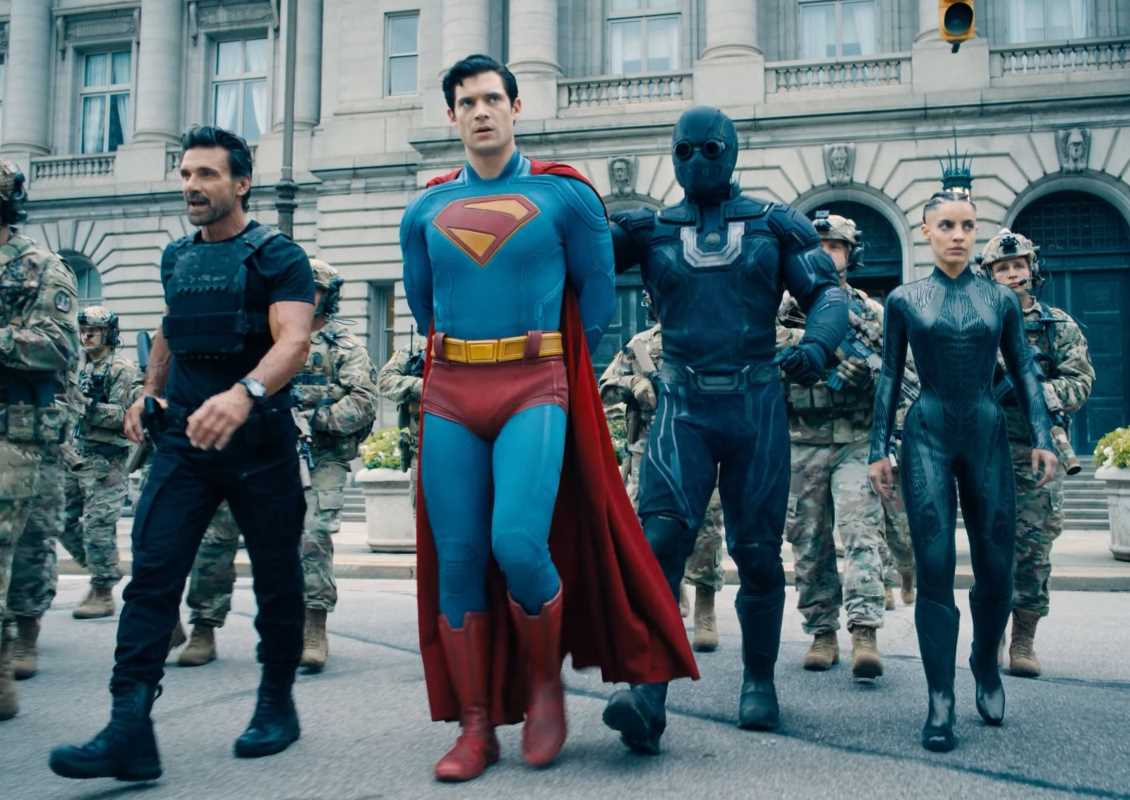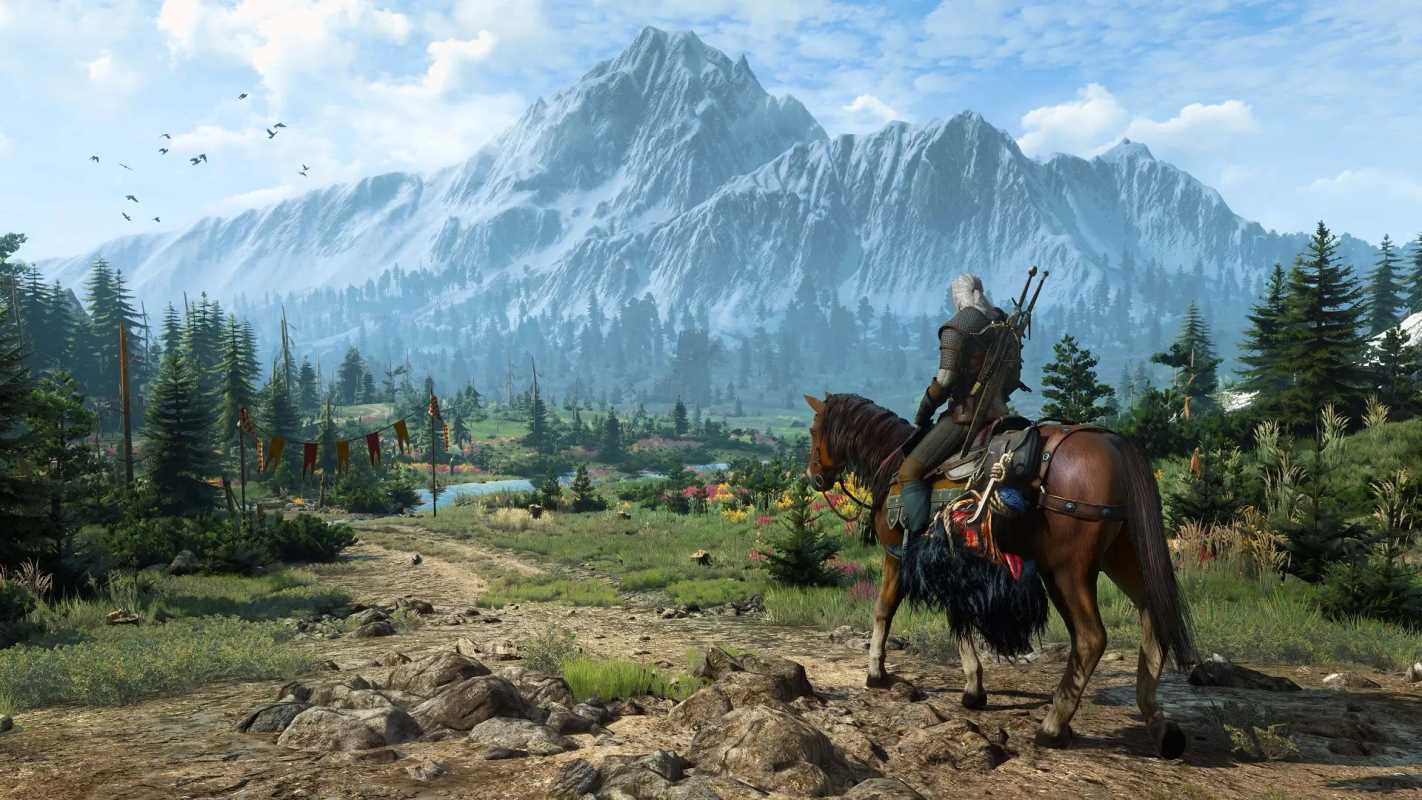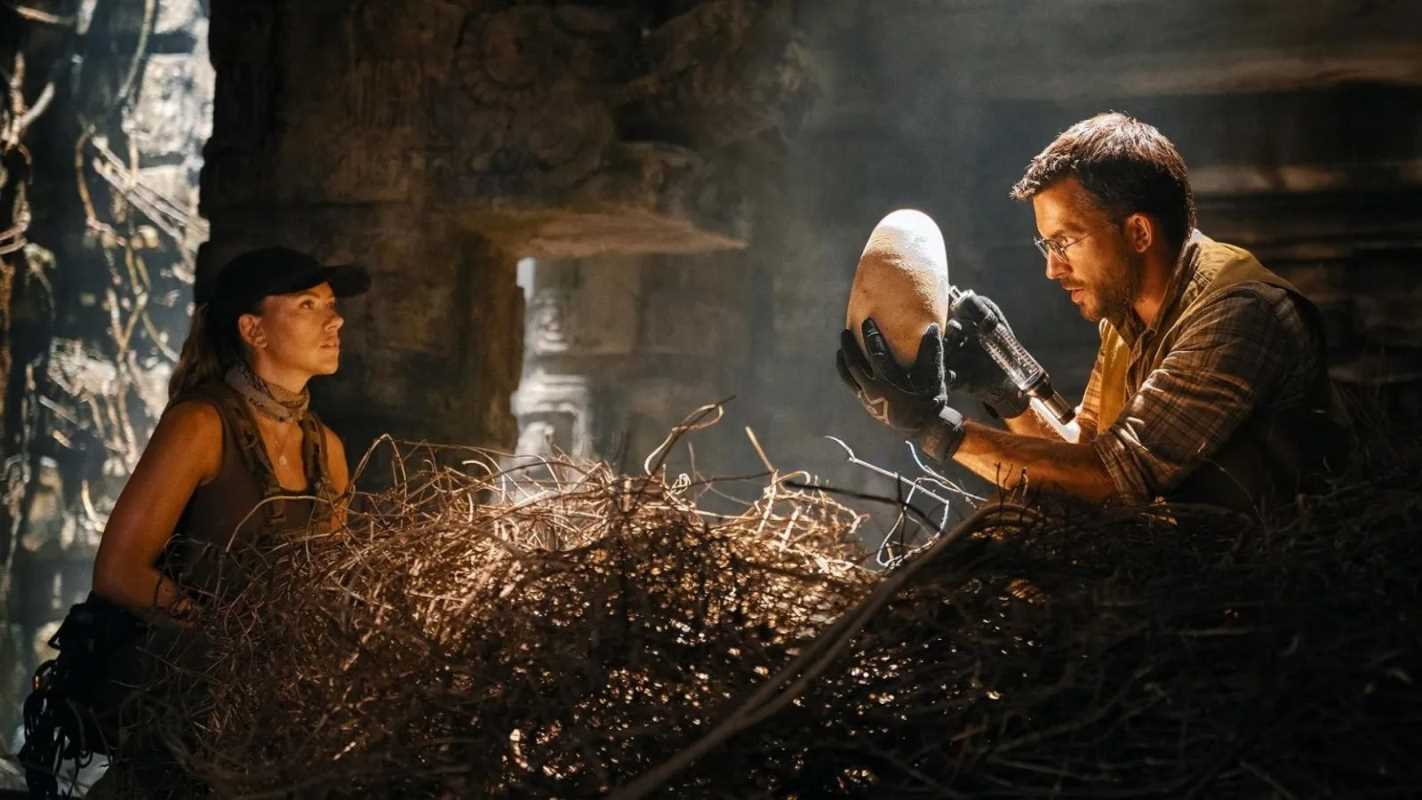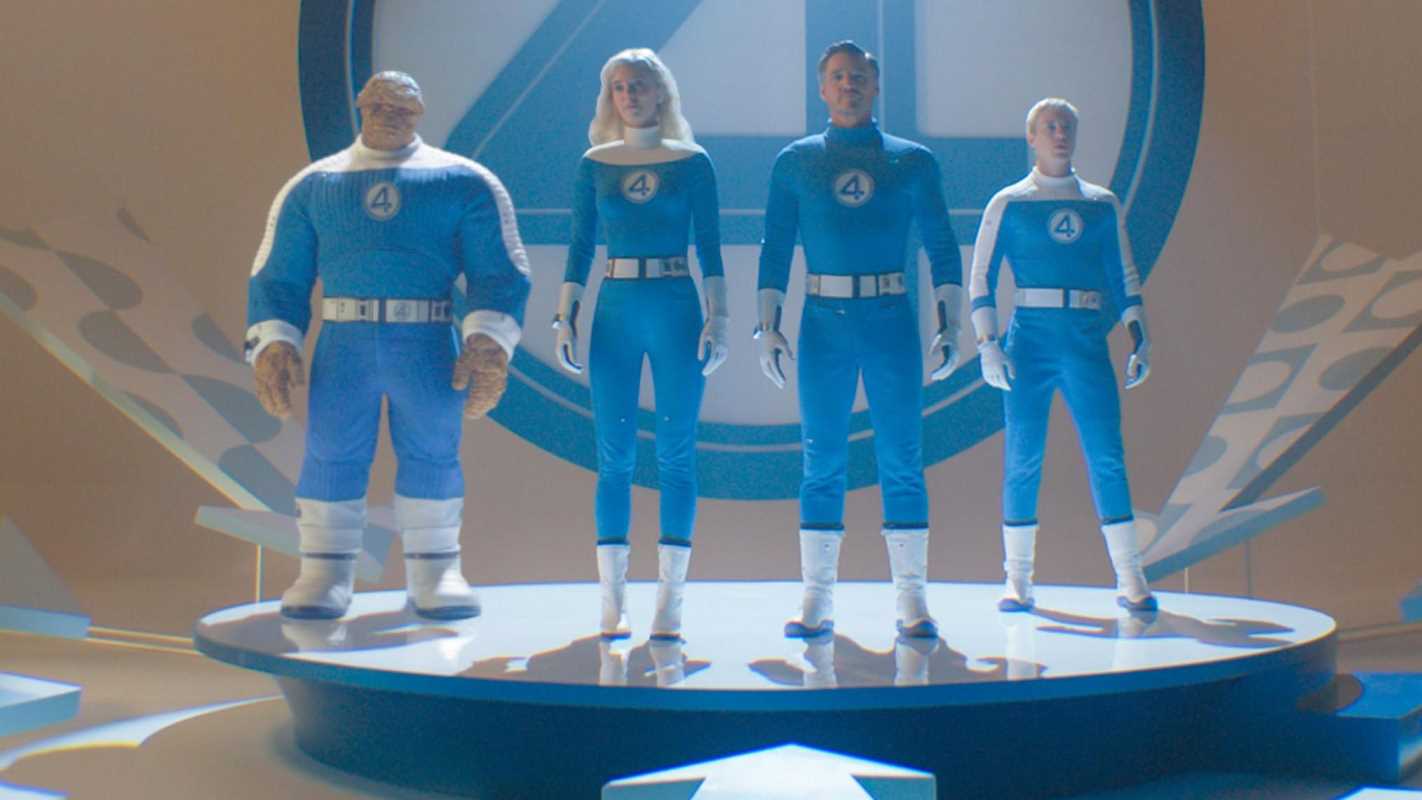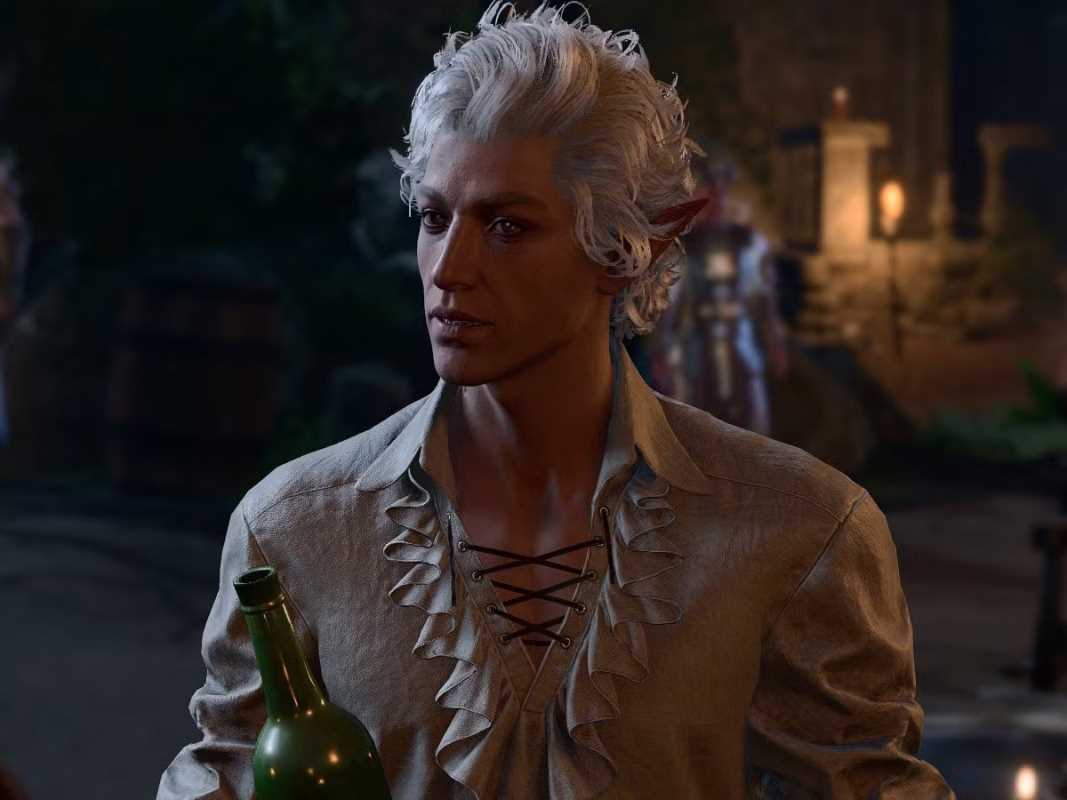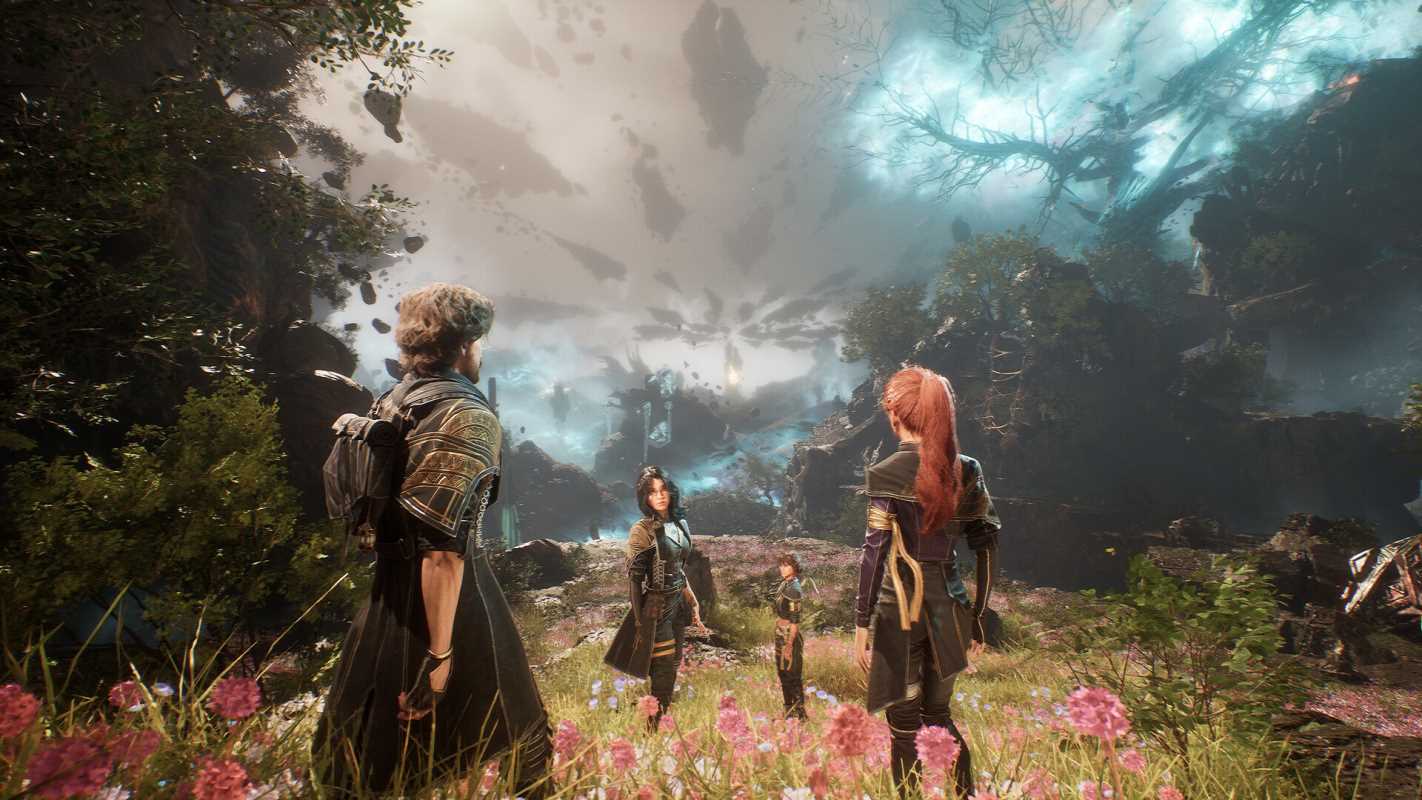Every tabletop campaign builds toward one thrilling moment when your players face the ultimate challenge: the final boss. It’s the climax of months, maybe years, of storytelling. It’s the battle where dice rolls feel heavier, hearts pound faster, and everyone’s on the edge of their seats. A great final boss can leave a lasting impression and become the stuff of gaming legend.
But what makes a final boss truly epic? It’s more than just stats and hit points. An unforgettable final boss combines three elements:
- Challenge – They should push your players to their limits.
- Thematic Connection – Their presence ties directly to the campaign’s story.
- Memorable Moments – With unique abilities, mechanics, or twists, it’s a finale your players will never forget.
With those pillars in mind, here are some epic final boss ideas to inspire your campaigns, along with tips to design encounters that will wow your party.
1. The Corrupted Hero
What’s more devastating than fighting a villain? Fighting someone your party used to know and trust. The Corrupted Hero could be a former ally, mentor, or even a player character who fell to darkness during the campaign.
Encounter Highlights:
- Moral Dilemma: The party may want to save the Corrupted Hero rather than destroy them. Give them subtle ways to do so, like breaking a cursed artifact or appealing to the villain’s humanity.
- Dynamic Fighting Style: The Corrupted Hero should know the party well and counter their tactics. Maybe they’ve studied the barbarian’s fighting style or have magical wards against the wizard’s favorite spells.
- Twist: Midway through the fight, the Corrupted Hero regains a spark of their former self. Will the party exploit their hesitation to press the attack or try to redeem them fully?
Example:
Sir Alden, a paladin who once fought beside the party, now serves as the avatar of a dark god. During combat, he channels radiant powers corrupted into necrotic energy, forcing the party to rethink their strategies. Halfway through the fight, Alden hesitates, begging his former friends to finish him before the god can restore full control.
2. The Reality-Warping Entity
The final boss isn’t bound by the rules of the world. This type of encounter turns reality itself into a weapon, creating a surreal, mind-bending experience.
Encounter Highlights:
- Environmental Chaos: The battlefield shifts unpredictably. Platforms levitate, gravity reverses, portals open and close, and characters see duplicates of themselves moving out of sync.
- Unorthodox Mechanics: Instead of trying to brute force their way to victory, the players may need to solve puzzles or complete specific objectives to weaken the boss. For example, shutting down eldritch anchors might bring the entity into a vulnerable state.
- Psychological Impact: Use illusions or memories to unsettle the players. Perhaps their greatest fears manifest, or the boss taunts them with visions of their darkest secrets.
Example:
The Harbinger of the Fractured Veil, an ancient entity from beyond reality, can warp space and time. It divides the battlefield into multiple zones, each with different rules (e.g., slowed time, reversed healing). To defeat it, the party must shatter its anchors across these zones before they are pulled into its eternal void.
3. The Elemental Colossus
Sometimes bigger is better. The Elemental Colossus is a massive creature representing primal forces, such as fire, earth, water, or air. Fighting it is as much about mastering the environment as defeating the creature itself.
Encounter Highlights:
- Scale the Beast: Make the party feel tiny. Perhaps they need to climb the Colossus to strike weak points, like its eyes, joints, or heart.
- Environmental Hazards: Each action from the Colossus radically alters the battlefield. A water Colossus might summon tidal waves, while a fire Colossus could turn areas into molten charred craters.
- Team Strategy: Single-party actions won’t be enough to win this fight. While one character distracts the Colossus, others might deactivate protective runes or sabotage its elemental core.
Example:
The Obsidian Titan guards the Door of Flames, preventing the party from sealing a rift to the Plane of Fire. Lava floods the battlefield in waves, and every attack shatters pieces of the titan’s body, creating deadly debris. To defeat the Titan, the party must scale its back and destroy the Firestone embedded in its crown.
4. The Mastermind Behind the Curtain
The big bad wasn’t the chaotic evil overlord waving a flaming sword. It was the Mastermind manipulating events from the shadows. This villain specializes in intellect, manipulation, and strategy, presenting a different kind of challenge from traditional brutes.
Encounter Highlights:
- Layered Encounters: Before the party even reaches the Mastermind, they must contend with elaborate traps, illusions, and decoys, all designed to weaken and confuse them.
- Controlled Battlefield: The Mastermind’s lair is their ultimate weapon. Maybe they can activate magical glyphs, release summoned monsters, or divide the battlefield with impassable barriers.
- Twist: When defeated, is the Mastermind truly dead? Perhaps they were just a projection or a clone, and the real villain remains safely elsewhere.
Example:
Magus Vittorio weaves a years-long plan to draw the world’s magic into himself. His citadel is packed with deadly traps, arcane constructs, and puzzle-like challenges. During the fight, Vittorio teleports between floating platforms while summoning illusory doubles. When he falls, his body crumbles into ash as his laughter echoes, hinting at his true form elsewhere…
5. The God-Touched Tyrant
The God-Touched Tyrant isn’t just powerful; they have divine backing. Their role in the story represents ultimate authority gone wrong, and their abilities make them nearly unstoppable mortals.
Encounter Highlights:
- Godlike Powers: The Tyrant should wield powers far beyond those of a normal creature. They might smite characters from across the battlefield or reshape parts of the terrain.
- Phase-Based Combat: This boss fight should escalate in stages. For example, when the Tyrant reaches half health, their god intervenes, granting a significant second wind or altering the rules of combat (such as healing periodically).
- Moral Choices: The Tyrant’s power comes from an artifact or pact. The party might need to decide whether to destroy that power, knowing it comes at great cost to those around them.
Example:
King Solran wields the Judicator’s Spear, a divine artifact that channels the will of an oppressive sun god. His throne room floods with sunlight that burns players lingering too long in exposed areas. Midway through the fight, the god manifests its radiant avatar to aid Solran, turning the tide against the party.
6. The Possessed World Tree
Who said bosses need to be humanoid? The Possessed World Tree is both the antagonist and the arena for the final encounter.
Encounter Highlights:
- Living Terrain: The tree’s roots lash out, branches rain spears of wood, and its bark shifts to reveal new dangers. The environment is as much an enemy as the giant tree itself.
- Multiple Objectives: To fell the World Tree, the party must destroy its three heart-nodes, located at high platforms connected by roots and vines.
- A Tragic Story: The tree was corrupted by an ancient evil or dark magic. Can the party cleanse it (saving the woodland creatures in its branches), or must they destroy it entirely?
Example:
Elderheart, the once-sacred tree of the elven kingdom, has been consumed by a parasite from the Far Realms. Its massive form rakes the canopy with destructive storms, and its corrupted sap spawns deadly minions. The party must climb its writhing branches to end the corruption, navigating both enemies and gravity itself.
Final Tips for a Great Final Boss Encounter
- Build Tension in Advance: Start foreshadowing the boss early in the campaign to make the payoff feel earned.
- Prepare for Improvisation: Players will always come up with unexpected solutions. Use their creativity to make the fight more dynamic.
- Reward Success: Defeating the final boss should feel monumental. Don’t hold back on climactic descriptions, celebratory moments, and epic loot!
The perfect final boss isn’t just an obstacle; it’s the culmination of your storytelling. Create a villain that challenges the players, weaves seamlessly into your narrative, and leaves them talking about the battle for years to come!
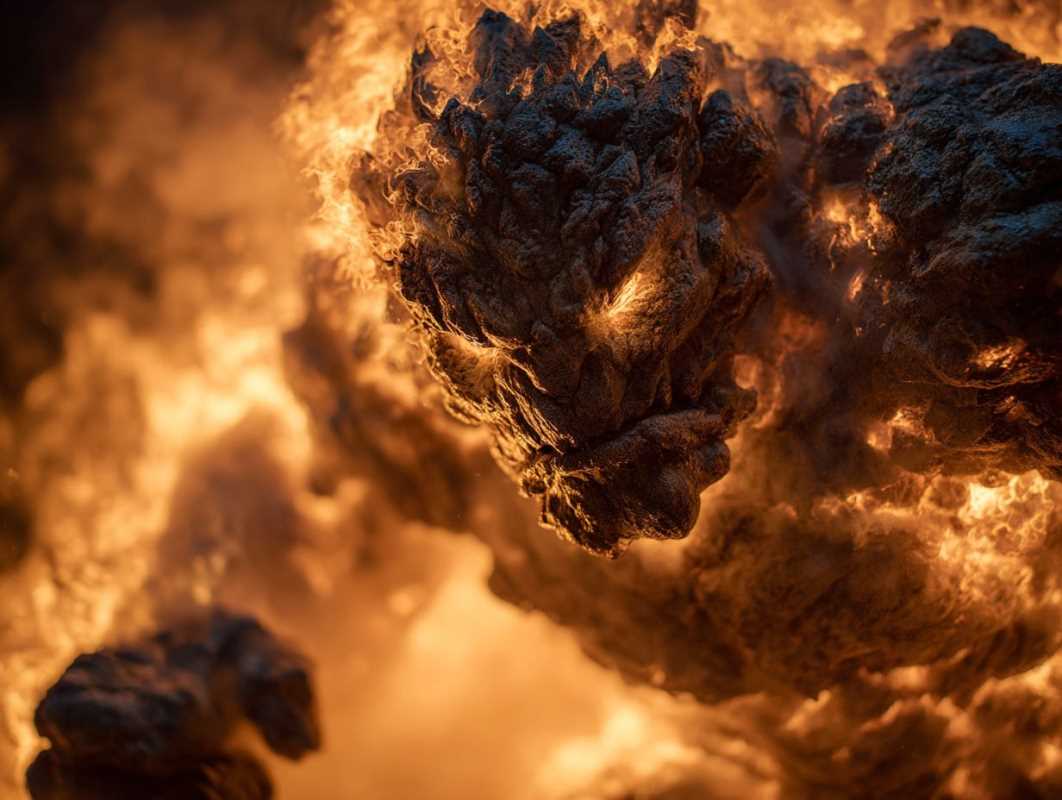 (Image source: Midjourney)
(Image source: Midjourney) 